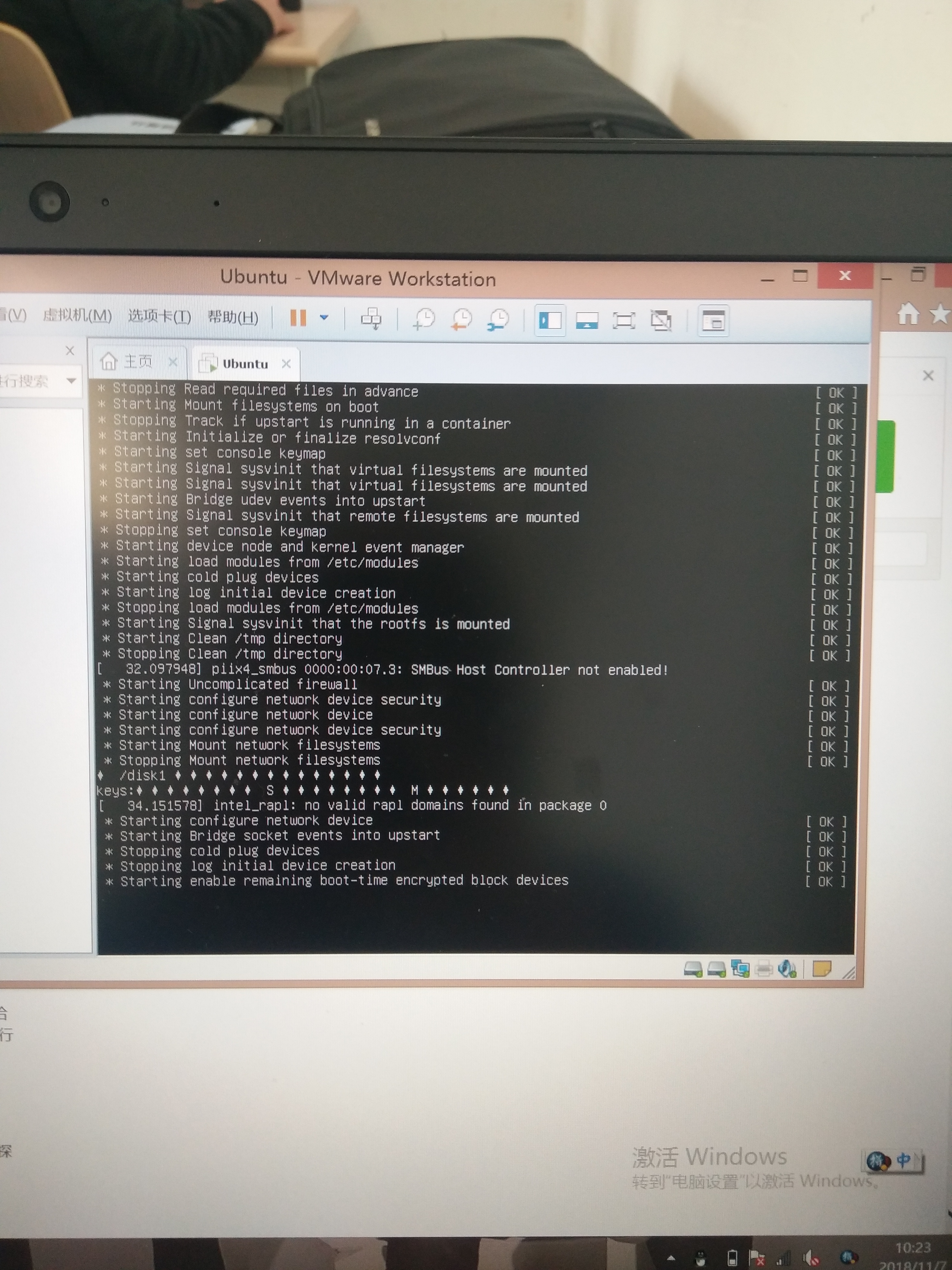I\'ve read how to send parameters using JSF but what if the user types their companyId in the URL when accessing their login page? For example,
http://my.company.url/productName/login.faces?companyId=acme.
The way we do it now, there is a bit of scriptlet code that grabs the value from the request and then set it in the session. That parameter changes their look and feel starting from the login page forward so each customer could have a different login page view. We are using extjs until I switch over to JSF.
Is there a way to do that using JSF 2 or perhaps PrimeFaces?
Yes, you can use the <f:viewParam> to set a request parameter as a managed bean property.
<f:metadata>
<f:viewParam name=\"companyId\" value=\"#{bean.companyId}\" />
</f:metadata>
You can if necessary invoke a bean action using <f:viewAction> (JSF 2.2+ only) or <f:event type=\"preRenderView\">.
<f:metadata>
<f:viewParam name=\"companyId\" value=\"#{bean.companyId}\" />
<f:viewAction action=\"#{bean.onload}\" />
</f:metadata>
When using <f:viewAction> you can even return a navigation outcome.
public String onload() {
// ...
return \"somepage\";
}
When not on JSF 2.2 yet, you can use ExternalContext#redirect() for that. See also among others How to perform navigation in preRenderView listener method.
Note that this is not specific to PrimeFaces. It\'s just part of standard JSF. PrimeFaces is merely a component library which provides enhanced ajax and skinnability support.
See also:
- What can <f:metadata>, <f:viewParam> and <f:viewAction> be used for?
- Communication in JSF 2.0 - Processing GET request parameters
url paramters can also be treated as request parameters so you can also access through
FacesContext.getCurrentInstance().getExternalContext().getRequestParameterMap()
There is a utility library, OmniFaces which does this out of the box.
@Inject @Param
private String key;
@Inject @Param
private Long id;




